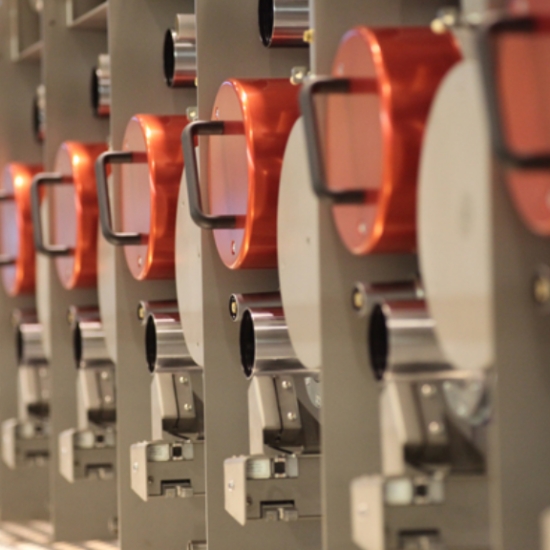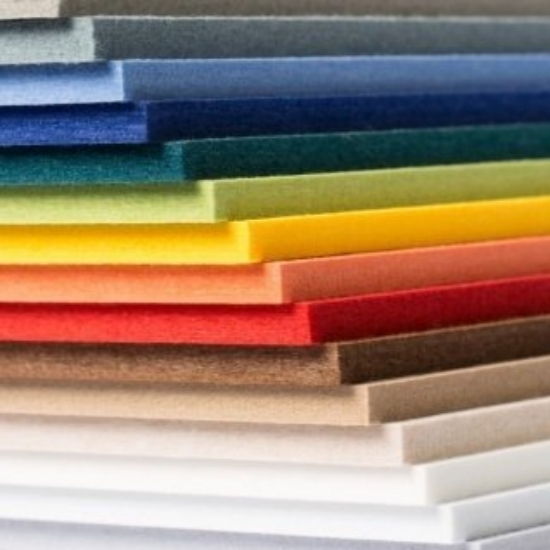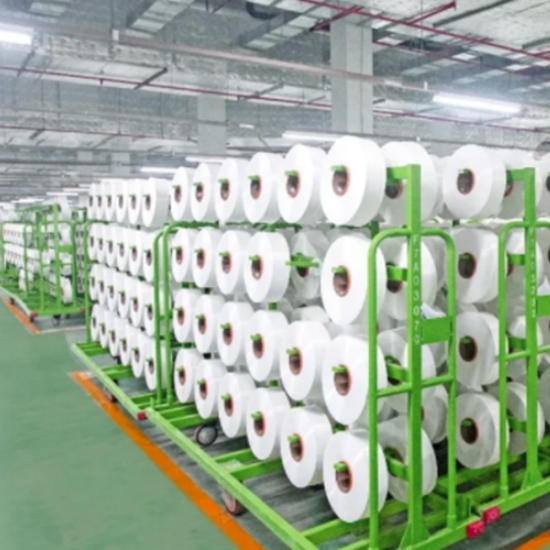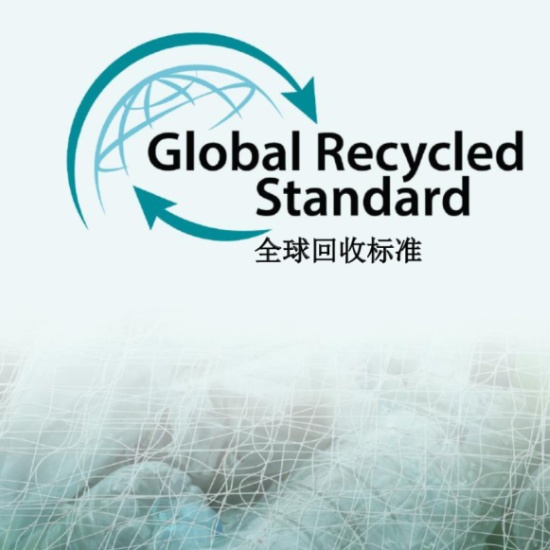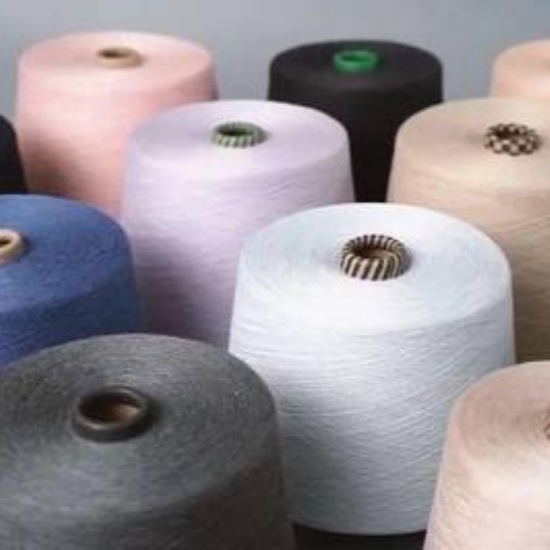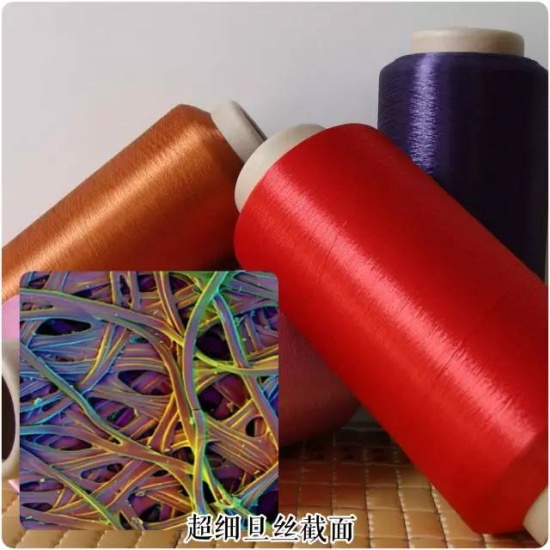Recycled Polyester Certificate;RPET Certificate ;GRS
Apr 28, 2022
RPET fabric (Coke bottle environmental protection cloth) is a new type of green environmental protection recycled fabric, its source of low carbon, so that it creates a new concept in the field of regeneration, the current use of recycling "Coke bottle" recycled fiber made of textiles, the recycling material can be recycled into PET fiber, effectively reduce the waste. "Coke bottle" recycled filament can be used to make t-shirts, children's wear, men and women's casual wear, windbreaker, down (cold) clothing, work uniforms, gloves, scarves, towels, bath towels, pajamas, sportswear, jackets, handbags, blankets, hats, shoes, bags, umbrellas, curtains and so on. Coke bottle recycled staple fiber can be twisted into yarn and then woven into fabric to make a variety of other products. Recycle PET fabric makes use of recycled environmental protection fiber raw materials recovered from Coke bottles, which are rolled into fragments and processed by wire extraction. It can be recycled and effectively reduce carbon dioxide emissions, saving nearly 80% energy compared with conventional process of polyester fiber production. Pet fabric classification: According to the type of yarn: filament fabric, elastic fabric, staple fabric According to weaving style: RPET Oxford fabric, RPET elastic fabric RPET fabric RPET fabric RPET fabric (19 sheets) (light and thin), RPET filament fabric (light and thin), RPET peachy fabric, RPET suede fabric, RPET chiffon fabric, RPET color fabric, RPET lixin fabric (non-woven fabric), RPET conductive fabric (anti-static), RPET canvas fabric, RPET polyester cotton fabric, RPET grid fabric, RPET jacquard fabric, RPET knitted fabric (sweat cloth), RPET mesh cloth (sandwich mesh cloth, bead mesh cloth, bird's eye cloth), RPET flannelette (coral velvet, Farrell velvet, shaker velvet, double velvet, PV velvet, super soft velvet, soft velvet). Rpet fabric process: Bottle recycling → bottle slice quality inspection separation → Bottle slice → filament drawing and cooling collecting →Recycled PET yarn → woven surface At present, 80% of the global capacity of recycled polyester is in China. International brands use the sustainable development index for the evaluation of recycled polyester, and the sustainable development index of recycled polyester is even higher than organic cotton, hemp and other raw materials. Duan Furong, practitioner of international terminal brand industry, pointed out that all major terminal retail brands are actively embracing green and environmentally friendly materials, and have developed their own sustainable development strategies in materials. For example, Ikea, Nike and Decathlon all aim to use 100% recycled polyester in all their polyester products by 2025. International terminal brands have strict requirements on the core control points in the process of recycled polyester, such as polyester purity testing, separation of waste PET bottles, CLEANING of APEO, moisture content testing, heavy metal filtration, t...
View More
